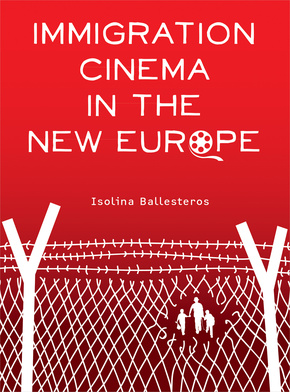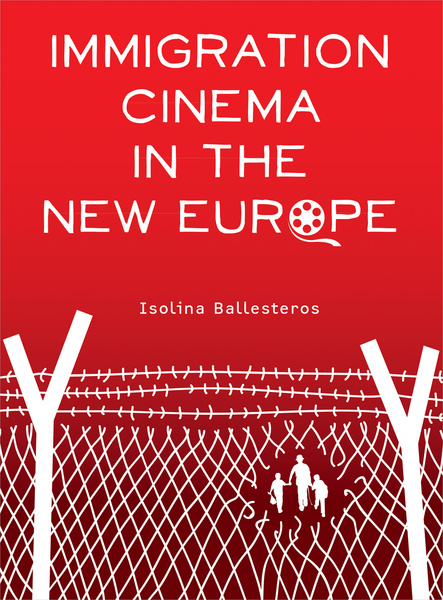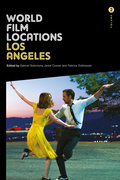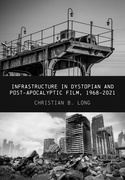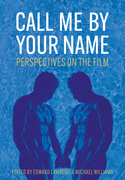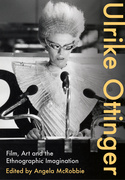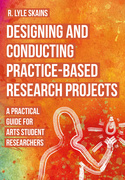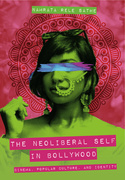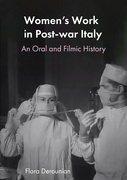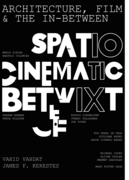Immigration Cinema in the New Europe (Book)
This book examines a variety of films from the early 1990s that depict and address the lives and identities of both first-generation immigrants and children of the diaspora in Europe. It also theorizes immigration cinema in relation to notions such as gender, hybridity, transculturation, border crossing, transnationalism and translation.
Edition
Immigration Cinema in the New Europe examines a variety of films from the early 1990s that depict and address the lives and identities of both first generation immigrants and children of the diaspora in Europe. Whether they are authored by immigrants themselves or by white Europeans who use the resources and means of production of dominant cinema to politically engage with the immigrants’ predicaments, these films, Isolina Ballesteros shows, are unmappable – a condition resulting from immigration cinema’s re-combination and deliberate blurring of filmic conventions pertaining to two or more genres. In an age of globalization and increased migration, this book theorizes immigration cinema in relation to notions such as gender, hybridity, transculturation, border crossing, transnationalism and translation.
Isolina Ballesteros is associate professor in the department of modern languages and comparative literature and the film studies program of Baruch College (CUNY).
Chapter 1: Race, Mobile Masculinities, and Class
Chapter 2: Female Transnational Migrations and Diasporas
Chapter 3: Human Trafficking and the Global Sex Slave Trade
Chapter 4: Queer Immigration and Diasporas: Performative Identities, Cross-Dressing Displacement/Assimilation
Chapter 5: The European Family in the Face of Otherness: Family Metaphors and the Redemption of White Guilt
Chapter 6: Border-Crossing Road Movies: Inverted Odysseys and Roads to Dystopia
Chapter 7: Identities In-Between in Diasporic Cinema

